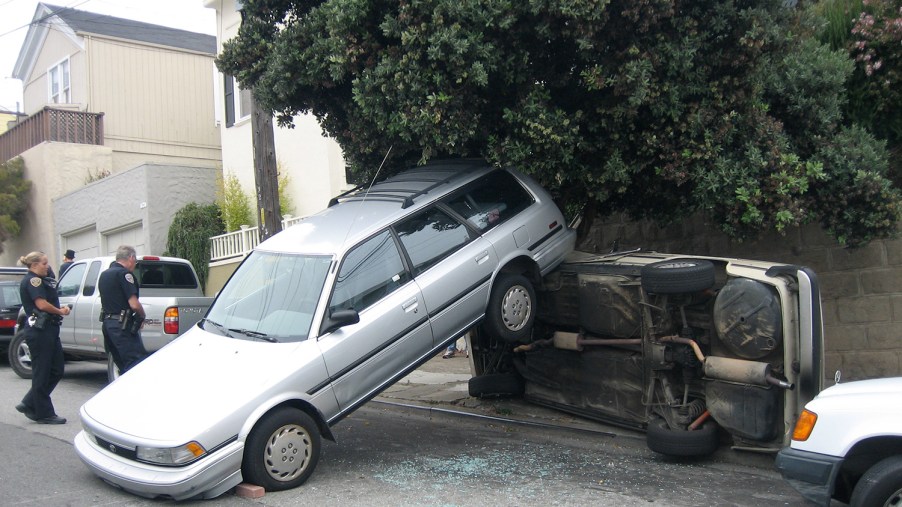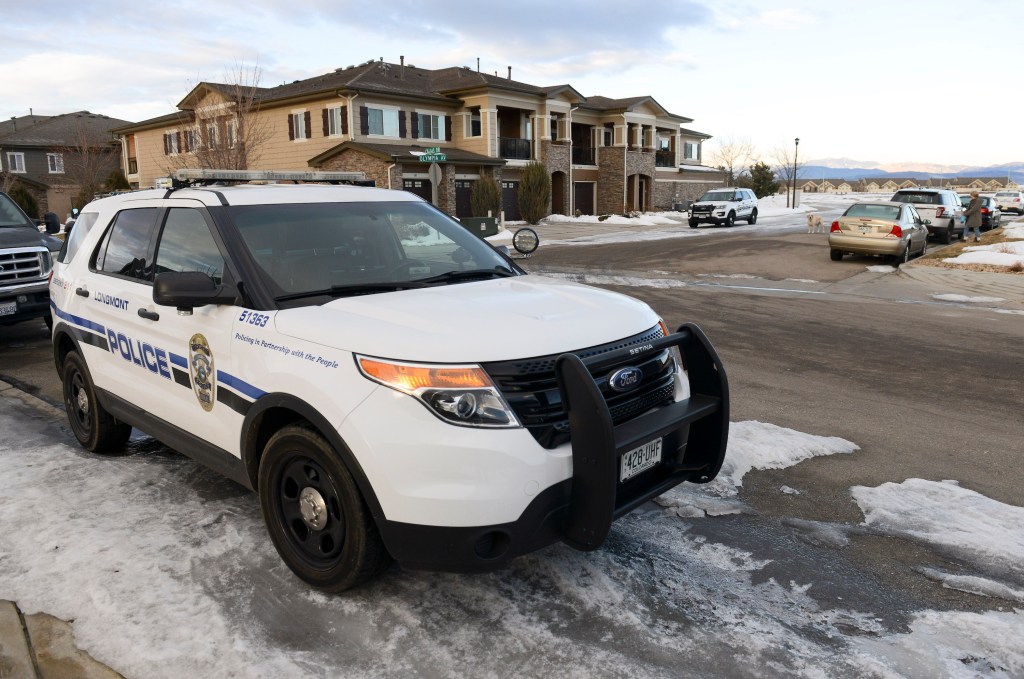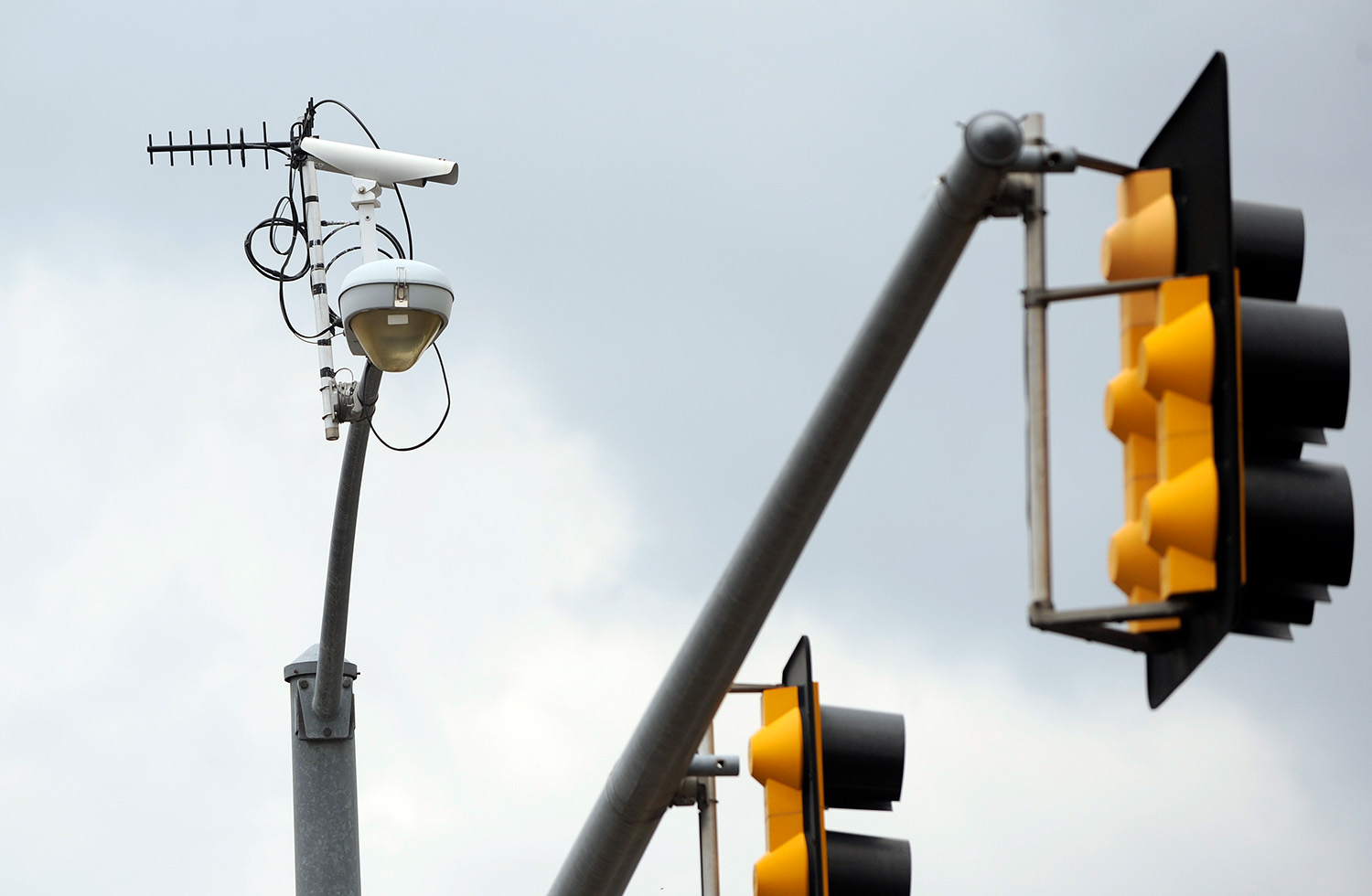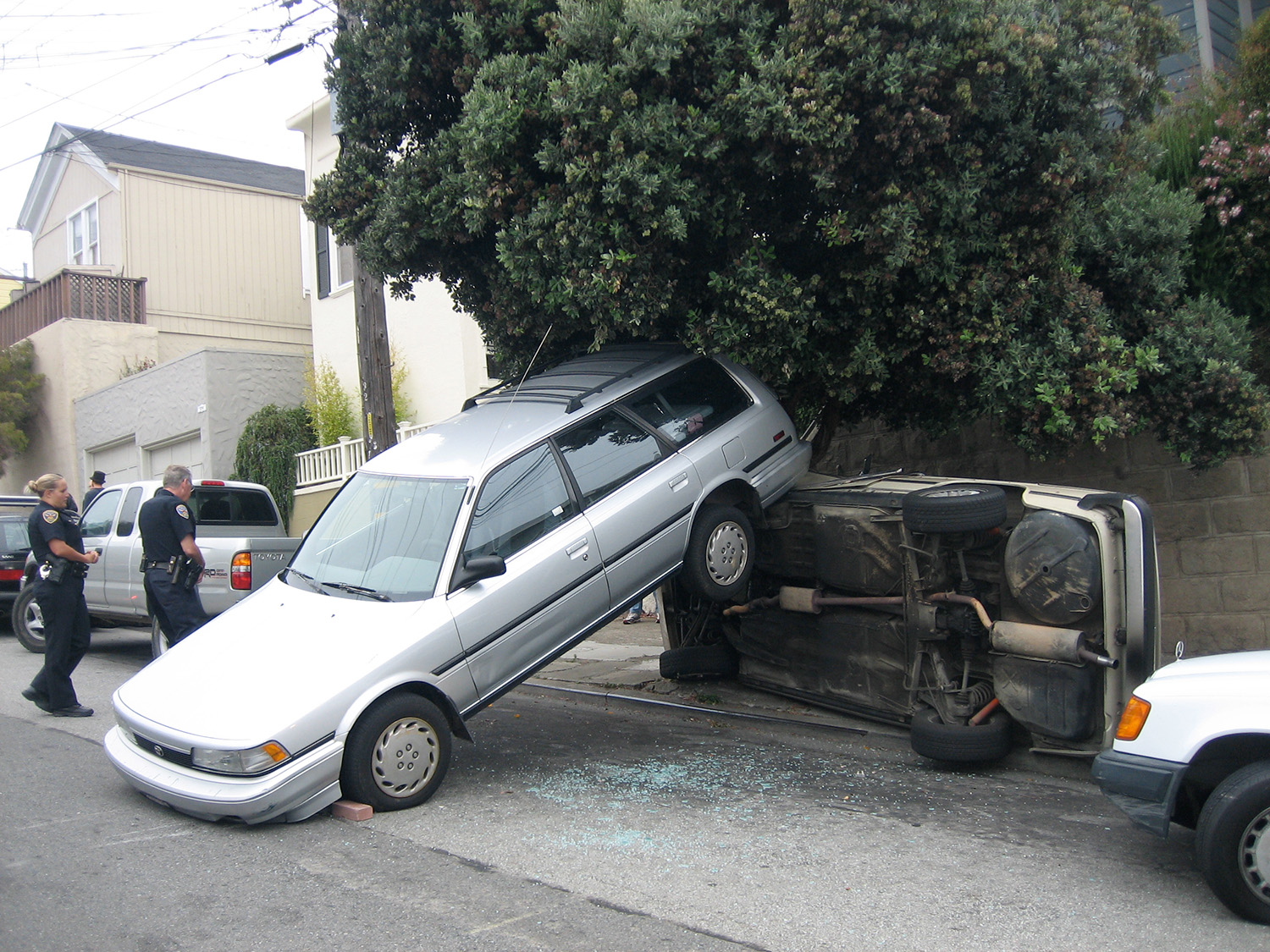
In a Hit and Run? Follow These Steps
The worst type of car accident to be a victim of is undoubtedly the hit and run. Recently, we outlined important steps to take if an uninsured driver hits you. However, a hit-and-run scenario can be much worse. Often, you’ll have no idea who is responsible for the damage and no evidence other than the damage to your vehicle. If you are the victim of a hit and run, here’s what to do at the scene.
Immediately call the police. Do not follow the driver that hit you.

According to State Farm, the first step is to call the police. This, realistically, is the only reasonable first step in the case of virtually any car accident. This is especially true in the case of a hit and run, though. Police will be able to collect any evidence and data that may lead them to the driver responsible for the accident.
If you or anyone else is injured in an accident, call 911 immediately.
Gather as much info as possible

In the case of a hit and run, it’s important, first and foremost, to try to remember as many identifiable details of the vehicle that hit you as possible. Things like make, model, and color can be quite crucial. Additionally, if you happened to catch a glimpse of the license plate number, write it down, text it to yourself, or do anything else to get it out of your head and into physical form for later reference.
If you got a decent look at the vehicle, describe the damage to it to the police as well. Informing them which way it was headed is crucial, as well. Finally, if you got a decent look at the driver, provide their details to the police.
If there are any witnesses, ask them for their details so that they can recount what they saw to the police, too. Additionally, ask them if they’re willing to wait until police arrive.
Take as many photos as you can. The damage to your vehicle and the scene of the accident are crucial photos to have. Additionally, having photos on your phone of the location can help you keep track of the accident’s timeline, as knowing the time and date can also be crucial.
Look for photo or video evidence of the accident
If the hit and run occurred in a business-heavy area, don’t hesitate to ask any businesses that have security cameras to check if they may have footage of the crash.
On a similar note, if you happen to have a dashcam, be sure to pull the footage of the incident immediately. Of course, if you don’t have a dashcam at the time of the incident, this note will not help you. If you’re driving without a dashcam, you should certainly consider purchasing one. In cases like these, it can be the difference between the at-fault driver being caught or getting away with it.
Does car insurance cover hit-and-runs?

If you have full-coverage insurance or a policy with collision coverage included, there’s a good chance that your insurance will cover the damage. However, for those carrying “liability” type policies that do not include collision, you’ll, unfortunately, be on your own. This is why collecting as much data about the offending driver as possible is imperative.
Unfortunately, in the event that the driver gets caught but doesn’t have insurance, you’ll still be in the same boat. If you don’t have collision coverage, you’re left to cover damages yourself. However, having the driver’s information does allow you to pursue legal action against them.
However, if you are injured in the accident, there’s a good chance your policy has uninsured/underinsured motorist coverage that will help to cover medical expenses. In some states, uninsured/underinsured motorist coverage will cover damage to your vehicle. It does not in most cases, though.
For exact details on what will and won’t be covered by your insurance, you’ll have to contact them directly and get the ins and outs of your policy.
If you are involved in a hit and run accident, try your best to remain calm. Follow the above steps to provide as much info as possible to police about the at-fault driver. In most U.S. states, fleeing the scene of an accident is a misdemeanor crime. Furthermore, if someone is injured, it can become a felony. It is important that you proceed with proper care for the best possible outcome



